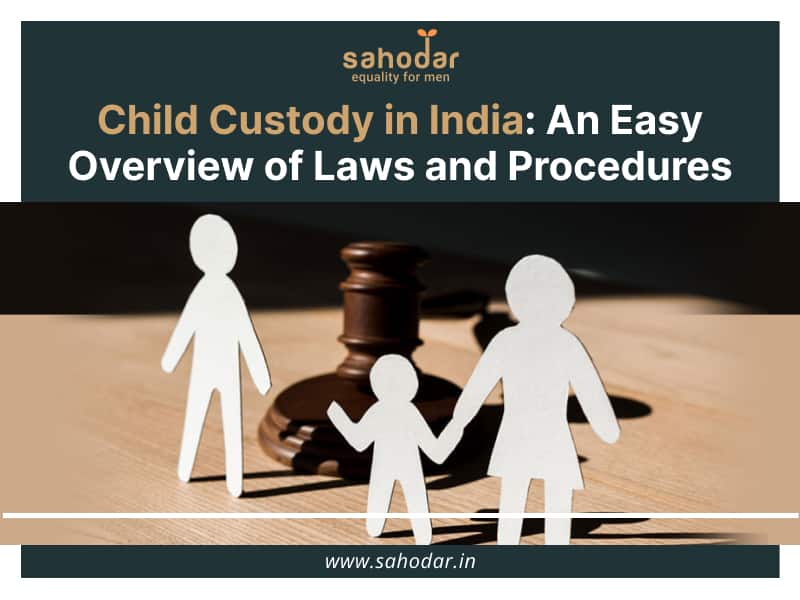Introduction:
Child custody laws in India are governed by specific legal provisions aimed at safeguarding the well-being of minors when parents decide to separate or divorce. The primary statutes addressing child custody matters include the Hindu Minority and Guardianship Act, 1956, the Guardians and Wards Act, 1890, and relevant divorce laws such as the Hindu Marriage Act, 1955, and the Special Marriage Act, 1954.
Legal Types of Custody:
- Physical Custody: Physical custody entails the right of a parent to have the child reside with them. Courts often consider joint physical custody to ensure the child spends significant time with both parents.
- Legal Custody: Legal custody involves decision-making authority for crucial aspects like education, healthcare, and religious upbringing. Legal custody can be either joint or sole, depending on the court’s determination.
- Sole Custody: Sole custody grants exclusive rights to one parent for both physical and legal custody. Courts give this arrangement when it is deemed in the child’s best interests.
Legal Provisions:
- Hindu Minority and Guardianship Act, 1956:
- Applicability: Applies to Hindus, defining the rights and responsibilities of a guardian for a minor child.
- Welfare Principle: Prioritizes the welfare of the child when determining custody arrangements.
- Guardians and Wards Act, 1890:
- Applicability: Applies to all communities in India.
- Court’s Authority: Empowers the court to appoint a guardian for a minor child based on the child’s welfare and other relevant factors.
- Divorce Laws:
- Relevant Acts: Child custody matters in divorce cases are addressed under acts such as the Hindu Marriage Act, 1955, and the Special Marriage Act, 1954.
- Best Interests: Courts decide custody based on the child’s best interests, considering factors like financial stability, emotional bond, and the parent’s ability to provide a suitable environment.
Legal Procedures:
- Court Intervention:
- Filing a Petition: Parents can approach the family court by filing a petition outlining their child custody preferences.
- Judicial Evaluation: The court evaluates the circumstances and applies the welfare principle to determine the child’s best interests.
- Mediation:
- Role of Mediators: Trained mediators facilitate discussions between parents to reach an amicable agreement.
- Resolution: The goal is to find a solution that benefits both parties and, more importantly, the child.
- Factors Considered by the Court:
- Child’s Age: Consideration of the child’s age and maturity.
- Child’s Preference: If the child is old enough, their preference may be considered.
- Financial Stability: Assessment of the financial stability of each parent.
- Moral Character: Evaluation of the moral character of the parents.
- Stability: Assessment of the ability of each parent to provide a stable and loving environment.
Conclusion:
Navigating child custody laws in India involves understanding the nuances of the legal framework and prioritising the child’s best interests. With provisions in place to address various aspects, parents can approach custody matters to foster a harmonious environment for the child’s growth and development. Seeking legal advice and understanding the specific details of these laws is crucial for parents navigating the complexities of child custody disputes in India.

